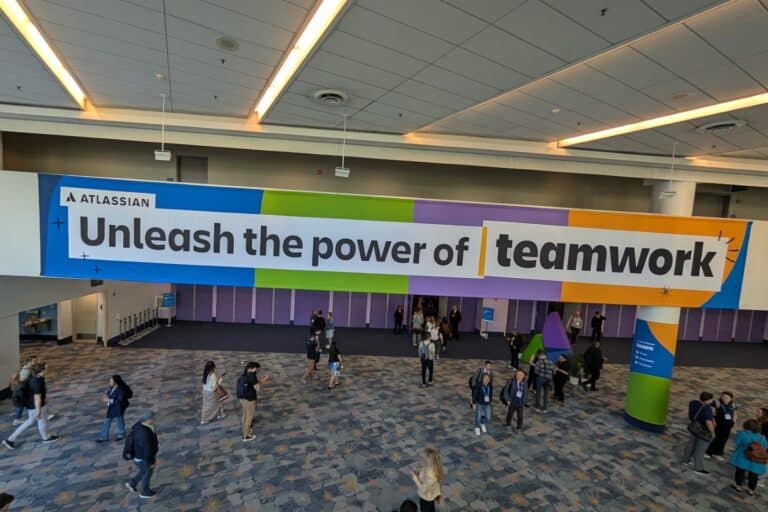We attended Atlassian Team ’25 this week. This annual flagship event of the company that is all about how teams in organizations should work, and also collaborate with each other, gave us some good insights into what Atlassian wants to achieve with its platform.
The Atlassian platform consists of several components that address various wants and needs of teams. Jira gives you things like product management, strategy alignment, service management and product discovery, whereas Confluence enables teams to organize work better by creating pages, documents, whiteboards, and dedicated spaces, among other things. Then there’s Loom, which is the video collaboration component of Atlassian’s portfolio. Add to this a sprinkling of enterprise strategy planning with something like Focus, and of course Rovo AI, and it’s clear that Atlassian offers a lot of tools for teams, both technical and non-technical.
How to make sense of it all?
Many options and inroads into teams and teamwork sounds good. However, it also caused Atlassian to think very deeply about how to present all of this to its customers, of which it has no fewer than 300.000. Especially in the past six months to a year, it made significant strides in this department. All of it results in Atlassian’s System of Work framework, a philosophy based on over twenty years of watching teams work.
Part of the System of Work vision is that the individual components Atlassian offers should integrate better. That is what a lot of Team ’25 was about. Based on customers we spoke too, that integration could be a huge success. They were rather excited about it at least. That is, if Atlassian carries its vision out correctly. Getting more customers to adopt more of its platform is one thing, it needs to keep adding value as well. And it must strike a balance between the image of lock-in and the openness of the platform it also espouses.
Also read: Atlassian’s System of Work vision takes shape with Teamwork Collection and Rovo AI Agents
Yes, there’s also AI
It’s 2025, so AI Agents also play a role when it comes to better integrations between components. Atlassian wants Rovo AI Agents to be deployed everywhere in its platform. The opportunities there are significant, that’s for sure. The chances of it becoming a success look good, especially since Atlassian is making them available to all of their customers, at no extra cost.
The message this sends is that there’s no real reason not to get started with Rovo AI Agents. Unless you’re worried that they won’t stay free of course. We don’t see a big issue there, as AI isn’t the big differentiator for Atlassian. By this we mean that Atlassian needs to make the difference with the underlying data (and its Teamwork Graph), and the actual integrations between the components, both from Atlassian and from third parties.
Listen to and watch this latest edition of The Techzine Perspective, and let us know what you think.
Also read: Atlassian expands cloud options with Government Cloud and Isolated Cloud
